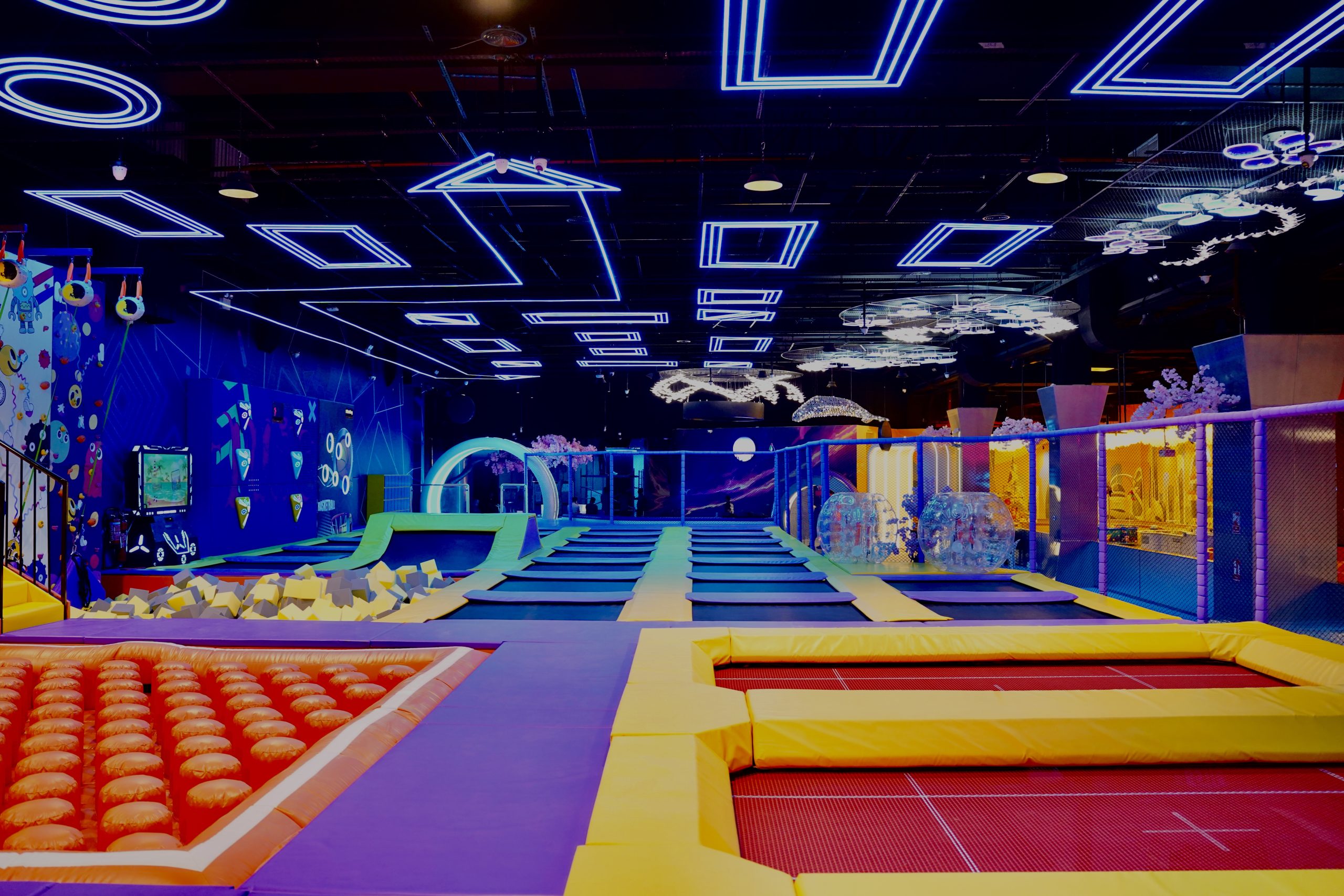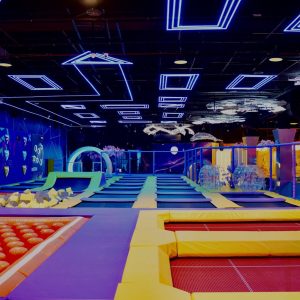There’s a reason kids light up when they jump. That feeling of rising, floating, and landing again isn’t just fun it’s freedom. Each bounce gives them a sense of control, a taste of courage, and a moment where they truly believe in themselves.
What many don’t see is that trampolines do far more than make kids laugh. Behind all the joy and energy, something deeper is happening. Trampolines quietly teach children how to focus, trust their bodies, and build confidence one jump at a time.
Confidence Starts with Movement
Confidence doesn’t come from being told “you can do it.” It comes from doing it and that’s exactly what trampolines allow. When a child jumps, they’re not only moving; they’re exploring what they’re capable of. That first uncertain bounce quickly turns into a stronger, more controlled jump. Then they try again higher, steadier, more confident each time.
It’s in these small moments that real confidence grows. They learn to take risks safely, to fall and rise again, to trust their strength. A child who once hesitated at the edge of the trampoline soon starts leaping without fear. That shift from doubt to delight is where belief in self takes root.
Trampolines give kids a space to challenge themselves without the pressure of competition. There’s no score, no right or wrong move just effort, joy, and progress. Every bounce whispers the same message: you can do this.
The Brain Behind the Bounce
Trampolines don’t just build confidence they train focus in the most natural way.
The act of jumping demands attention. Kids must stay aware of timing, rhythm, and balance. If their mind wanders, they lose control. That need to stay centered teaches concentration far better than sitting still ever could.
At the same time, the repetitive rhythm of bouncing has a calming effect on the brain. It improves blood flow, boosts oxygen levels, and releases endorphins the body’s natural “happy” chemicals. This combination helps kids feel focused yet relaxed.
For children who struggle to concentrate, jumping becomes a kind of moving meditation. Their energy finds a rhythm, their thoughts settle, and their bodies align with their minds. When they return to reading, schoolwork, or even conversations, their focus often lasts longer.
That’s the hidden beauty of trampolining it helps kids build focus through joy, not discipline.
Suggested: Why Trampoline Parks Are the New Fitness Trend for Families
Learning Resilience Through Play
Falling and trying again is one of life’s simplest but most powerful lessons. A trampoline teaches that lesson better than almost anything else. Kids stumble. They lose balance. But on a trampoline, that’s part of the fun. They get back up, laugh, and jump again. In doing so, they learn that mistakes aren’t failures they’re just steps forward.
This cycle of trying, failing, and succeeding builds emotional resilience. Children begin to understand that progress isn’t always perfect it’s about persistence. Over time, they carry that mindset into school, friendships, and challenges.
That’s how confidence deepens. It’s not loud or instant it grows quietly, every time they get back up.
Focus That Flows Beyond Play
When kids move their bodies, they reset their minds. After a trampoline session, you’ll often notice they’re calmer, more alert, and more ready to learn. This happens because active play helps release pent-up energy and clears mental clutter. The steady rhythm of bouncing helps balance the nervous system, creating a sense of calm focus. It’s like pressing a mental refresh button.
In a world where children are surrounded by screens and distractions, trampolining gives them a healthy outlet a way to move, think, and focus better without being told to “sit still.” Even short bursts of jumping can make a difference. Ten minutes of movement can do what hours of stillness can’t it helps kids feel grounded, both in body and mind.
Confidence in Connection
Confidence also grows when children feel supported and connected. Trampolines naturally encourage social interaction. Kids laugh together, take turns, and cheer each other on. They learn patience, communication, and teamwork without realizing it.
Those shared experiences help shy children open up and outgoing ones channel their energy positively. It’s social learning wrapped in play. And when families join in, the bond deepens even more. Parents jumping alongside their kids often rediscover their own joy while helping their children feel seen and celebrated. That’s the kind of confidence that lasts it’s built on connection, not comparison.
It’s the same feeling that thrives in trampoline park activities, where movement, laughter, and teamwork blend naturally. It’s play that brings growth, not pressure.
Also Read: Planning a School Trip or Group Outing? Here’s Why Trampoline Parks Are a Hit
The Calm After the Jump
When the jumping slows and the laughter fades, something quiet happens. Kids take a deep breath. Their bodies relax. Their minds feel clear. That calm after play is as important as the play itself it’s where focus and confidence settle in. They may not realize it, but that feeling stays with them. It’s what helps them handle challenges with steadier hearts and clearer heads.
Conclusion
Trampolines do more than lift kids off the ground they lift their spirits, sharpen their focus, and teach them to believe in themselves. Each jump is a tiny act of courage, a lesson in balance, and a reminder that growth can be joyful. Confidence doesn’t always start with words. Sometimes, it starts with a jump and the simple belief that you can always rise again.







